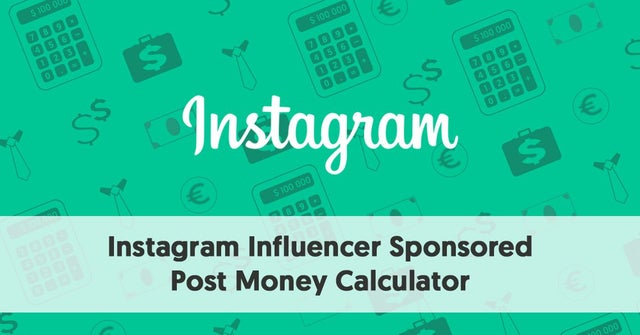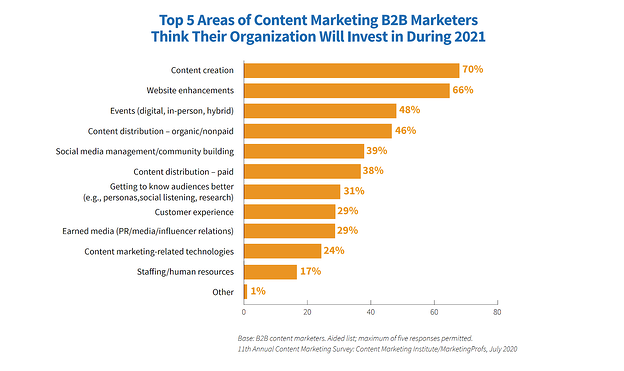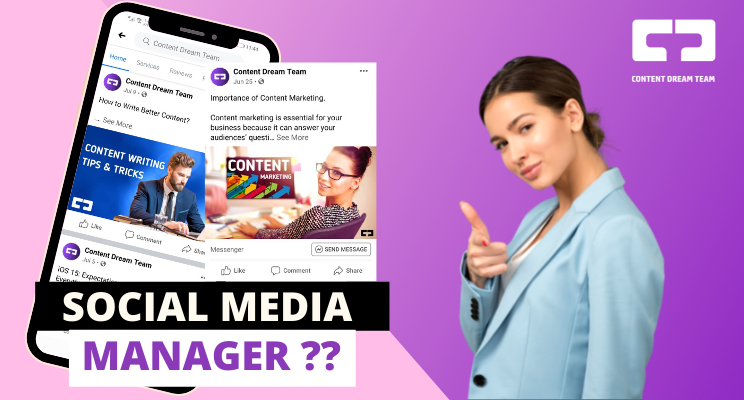
Your first step in your social media marketing campaign is to identify the right platforms for your business. By researching your customer base and competitive presence, you can determine which platforms are most relevant for your business. Cross-posting social content to each platform can create a multi-platform presence. Automation tools make it easier, even though it can be tedious. Your social media campaign should include a deadline. This creates a sense urgency and scarcity.
The content must be consistent with the platform's format
A campaign can be started using social media content. Content can be boring, salesy, or impersonal. To get the most from it, identify your audience and what social networks they're on. You can then create content that standsout and takes advantage of each platform's unique format. For instance, Twitter only allows 140 characters, while Instagram and Pinterest only allow images. YouTube can use both video and text.
First, you will need to create a schedule that your social media posts will follow. You will need to plan the content you'll share on various platforms. Additionally, you'll need to create unique captions for each platform. Be sure to use the correct format for each social platform. Remember, you want to appear professional and not mediocre.
Researching your audience
Research your audience is key to making the most out of your social media campaigns. This means gathering information about your audience and avoiding preconceived ideas. It is crucial that you collect data about your audience from all levels of your marketing channels. You can use data to your advantage and better understand your audience. This will make your business more profitable. Here are some tips to help you research your audience. To gather data, you can use data from your website as well as your invoices. Google Analytics can help you create a profile about your audience.

Learn about your audience's lifestyle and interests. Conducting research will make it easier to create content that appeals specifically to your audience. Audience research will allow you to overcome any barriers you might face in reaching your target audiences. This knowledge can help you tailor your content to meet their needs. Your audience will ultimately be your most valuable asset. Therefore, spend some time researching them.
Creating unique content
You can easily create unique content with a 360-degree video, drone, or camera. People will share the content and interact with it because it is unique. In this case study, we will look at the Amobee campaign, which targeted people who shared certain interests. The campaign received 53.5million impressions, 4.9million videos views and 31,000 clicks.
When creating individual posts, keep your campaign objectives in mind. You can clarify your message and make a list with a few ideas. Consider the journey your ideal customers would take. Then, consider the best format for your audience. A visual works wonders on social media, so be sure to use visuals to catch your audience's eye and pique their interest. IBM did this in an effort to generate content, and it worked.
Monitoring engagement
Monitoring engagement is crucial to any social media campaign. You will be able to monitor what your customers are saying about you product. According to Sprout Social's research, half of all consumers connect with brands on social networks. Responding to customer inquiries on social media will increase sales, and improve your brand image.

Monitor mentions of keywords that you use in your social media posts is one way to measure social media engagement. This will give you an indication of whether your messaging is reaching your audience and whether or not there is a negative sentiment. This information can help you optimize your campaigns to make them more efficient. Monitor mentions related to your brand on social media can help you identify which social media strategies are effective.
FAQ
What is one of the main goals of content marketing?
Content marketing provides valuable and relevant information to customers. This should be done through different channels such as email campaigns, blog articles, white papers, etc. Delivering value is key.
How many hours should I devote to content marketing each week?
It depends on your situation. There may not be a need for content marketing. But if you're trying to build traffic to your site, you'll probably need to devote at least 1 hour per day.
How long should content marketing last?
This depends on your goals. Many businesses seek short-term results. Others are seeking long-term growth. We recommend starting with three months of consistent content creation and then reevaluating after that period.
What Content Marketing Strategy is right for me?
If you are clear on what you want, then a Content Marketing Strategy can work for you.
But if you're unsure where to start, here are some questions to ask:
Does my business need to communicate something specific? Or am I looking to create content that resonates across a range of audiences?
Do I want my efforts to convert visitors into buyers or generate leads?
Are you trying to promote one or multiple products?
Would I be interested in reaching out to people outside of my industry sector?
If you answered "yes", to any one of these questions, then a content marketing strategy is just what you want.
How long will it take for content marketing to be started?
It depends on the size and scope of your business. Smaller companies often don't have sufficient resources to invest right away in content promotion. However, it can pay off big-time if you're willing to put in some time.
How does content market work?
Content marketing is successful because it produces valuable, engaging content which provides value.
You build relationships with your audience by providing useful information, solving problems, entertaining, or engaging them. People will respond positively to positive messages from brands they trust.
They enjoy reading interesting things. Your readers will keep coming back for more when you write something interesting.
Your content should encourage people to take actions - such as buying your product or signingup for your newsletter.
Effective content marketing starts with compelling copy that is engaging your target market and gives them the information they need.
Statistics
- To further show the importance of this, 89% of people have stopped doing business with a company because of a poor experience. (neilpatel.com)
- According to the Content Marketing Institute, 70% of B2B marketers and 86% of B2C marketers surveyed use content marketing in some form or other. (criteo.com)
- We found that 40% of businesses don't have a documented strategy yet. (semrush.com)
- According to our research, brand awareness, attracting traffic, and generating leads remain the key content marketing goals in 2022. (semrush.com)
- An example of an overarching goal could be: "In 2022, we want to achieve a 20% increase in revenue created by organic content and generate 15,000 MQLs with a budget of $30,000." (semrush.com)
- In fact, would pay more for a better customer experience, and 86% of B2B buyers would pay more. (neilpatel.com)
- Seventy-two percent business to business (B2B) (mailchimp.com)
- Progress indicators (0–100%) allow each team member to see how attainable each goal is and understand what remains to be accomplished. (semrush.com)
External Links
How To
Infographic Design Tips for Content Marketing
Infographics are a powerful way to simplify complicated concepts, and make information easier to understand. Use infographics as a tool to promote your content marketing message.
To create an infographic, you will need to use design software like Adobe Illustrator or Photoshop. You can use these programs to draw out different shapes and elements to represent your data, then add colors and fonts to make everything look nice. After your design is complete, you can upload images from Unsplash and Pixabay to your design.
Check out existing infographics online to get some ideas. You could use a photo of a food pyramid to show the calories in particular foods. Then, replace those numbers with photos of the foods. Or, you might choose to look up how much sugar is in soda pop and change that number to a picture of a bottle of Coke.
After you have created your infographic, it can be shared through social media channels such as Facebook and Twitter. This helps people who aren't familiar with the concept learn about it. If you decide to post your infographic on social media platforms, include hashtags so others can see what you're talking about. Users can follow conversations around specific topics using hashtags.
If you decide to create an infographic, try making your posts shorter than usual. An average blog post can be anywhere from 2000 to 5000 words long, while an infographic only requires 500 to 1000 words. This means you can easily convey more information with less space.
Remember that not all viewers can read small font sizes when designing an infographic. Use large fonts, but don't overuse color in your infographics. You must also ensure that your text is easily read.
These are additional tips:
-
Use an infographic template. Many templates are available in both printable and online formats. Canva (Piktochart) and Google Slides (Google Slides) are some of the most requested templates.
-
Make your Infographic. You can use the template to create your infographic. You can use any type of media that is appropriate for your audience. An example of this is a infographic that shows the best restaurants in Seattle.
-
Add Text. Add text after you've created your infographic.
-
Add Images. Your infographic can also include images. These images can include charts, graphs and icons. If you wish to include a picture, ensure it is relevant.
-
Make It Interactive. You can add interactive elements, such as maps, buttons, and links. This will engage your audience.
-
Share. Share your infographic when you are done.
-
Measure. Measure. Did people click through? Did they sign up for your email list? What was their reaction to your infographic?
-
Improve. Is there a way to improve your infographic? Could you do better next time?
-
Repeat. Do it again.